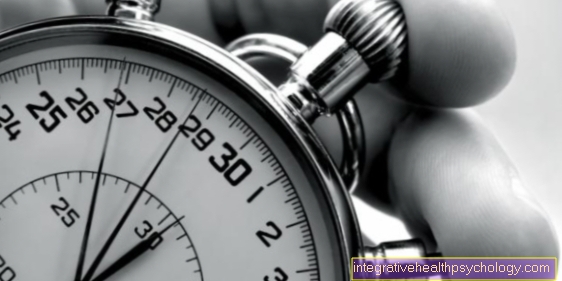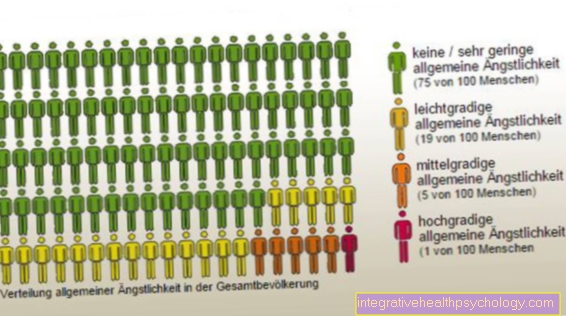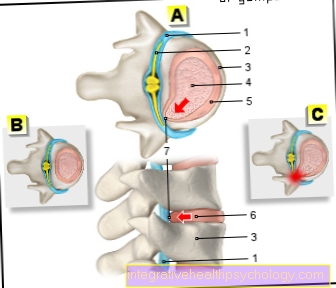objectivity
definition
Objectivity is defined as the degree of independence of the measurement results of a measurement method from the person of the examiner. In terms of objectivity, an interpersonal agreement of the measurement results is required. In short: different testers should come to the same results when measuring the same process.
Based on one of the phases of the measurement process, the objectivity is divided into:
- Implementation objectivity
- Evaluation objectivity
- Objectivity of interpretation

Basics of objectivity
In competitive sports, violations of objectivity occur less often than in school sports or popular sports. In most cases, the performance-oriented athletes are familiar with the tests and they are carried out automatically.
In order to be able to avoid breaches of objectivity in advance, precise instructions for implementation are necessary. (E.g. push-ups / starting position and end position must be clearly defined.
Violations of objectivity occur particularly frequently in so-called technical-compositional sports (E.g. apparatus gymnastics, diving, figure skating, etc.) on. Partly in the form of Scandalous judgments.
1. Implementation objectivity
The Implementation objectivity relates to the degree of independence of the test results from random and / or systematic behavioral variations of the test director during data collection.
The Implementation objectivity concerns the investigator's ability to influence the data collection.
The implementation objectivity is given when the examination takes place under standardized conditions.
- environment-specific conditions (e.g. test room, floor coverings, etc.)
- material and device-specific conditions (e.g. sports equipment, swimwear, shoes, etc.
- psychophysiological conditions (e.g. motivation, intensity of test preparation)
- Information media to describe the test behavior (e.g. verbal / written explanation of the task)
- Information content of the description of the test behavior (e.g. starting end position when pulling up)
Implementation objectivity can be controlled in two ways:
- Repeat the test with another experimenter (Note, however, possible learning progress of the test subjects)
- Subjects are randomly assigned to the investigator
2. Evaluation objectivity
The evaluation objectivity concerns the numerical or categorical evaluation in the phase of Data evaluation. In the Performance measurement (e.g. stopwatches for a 100m run, high jump, etc.) the evaluation objectivity is higher than in the range of Performance evaluation (e.g. gymnastics, diving).
Differences also arise in the Time of the evaluated data. (e.g. video recordings in sports games)
3. Objectivity of interpretation
The objectivity of interpretation means that different examiners come to the same conclusion on the basis of the available measurement results.
The objectivity of interpretation is more likely when the evaluation is based on a numerical value. (e.g. scale, standard tables)





























